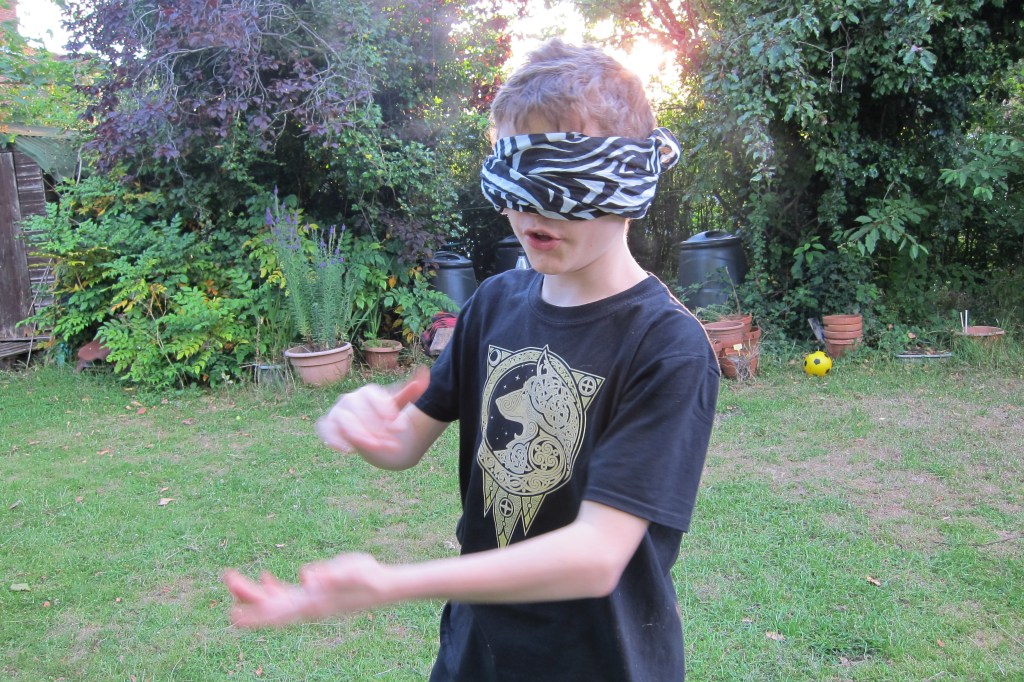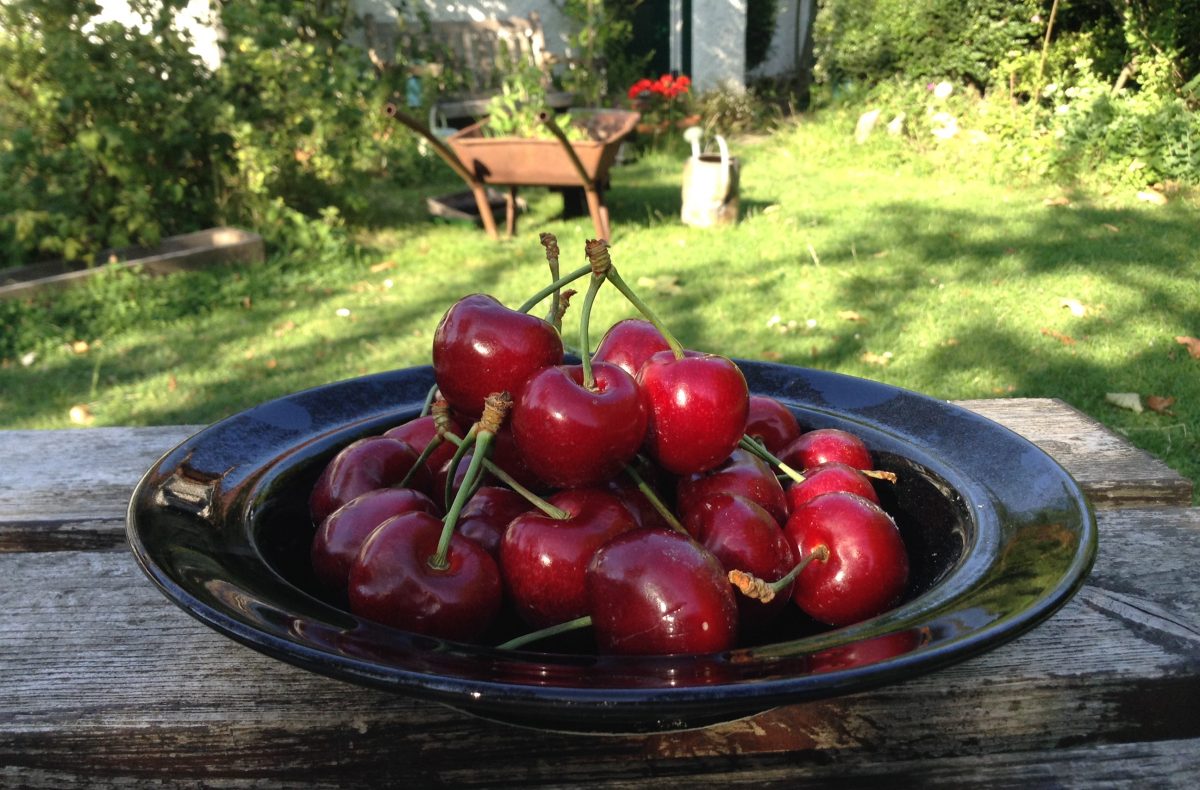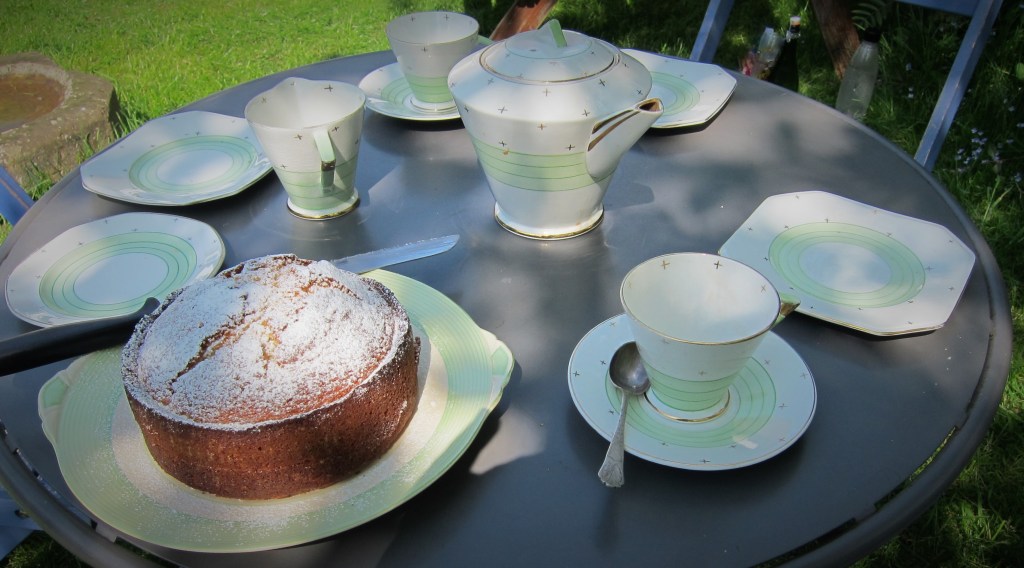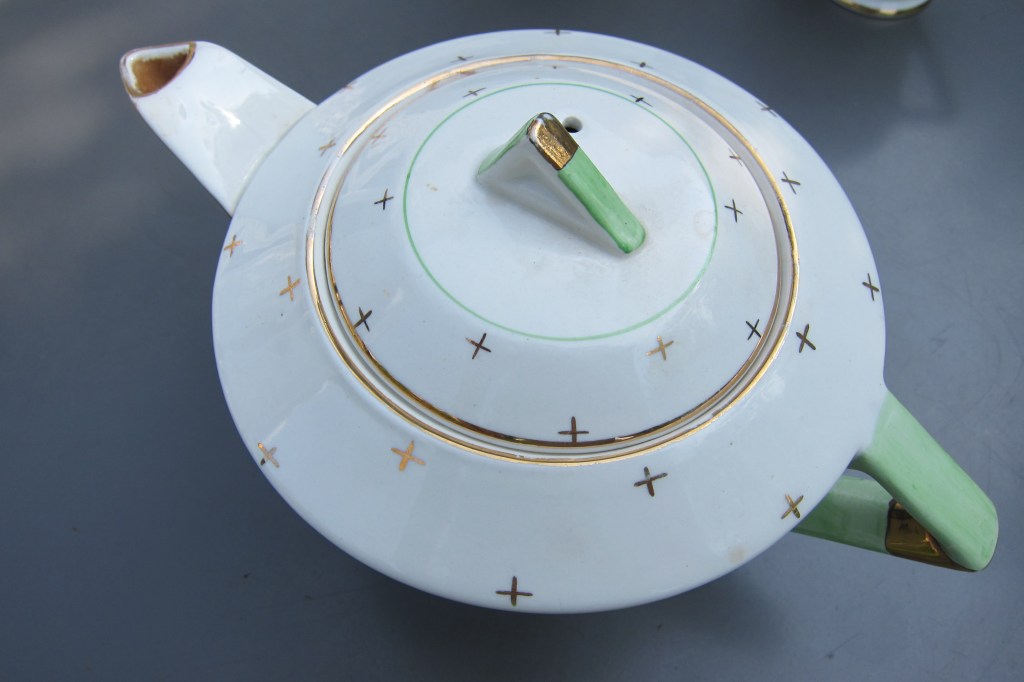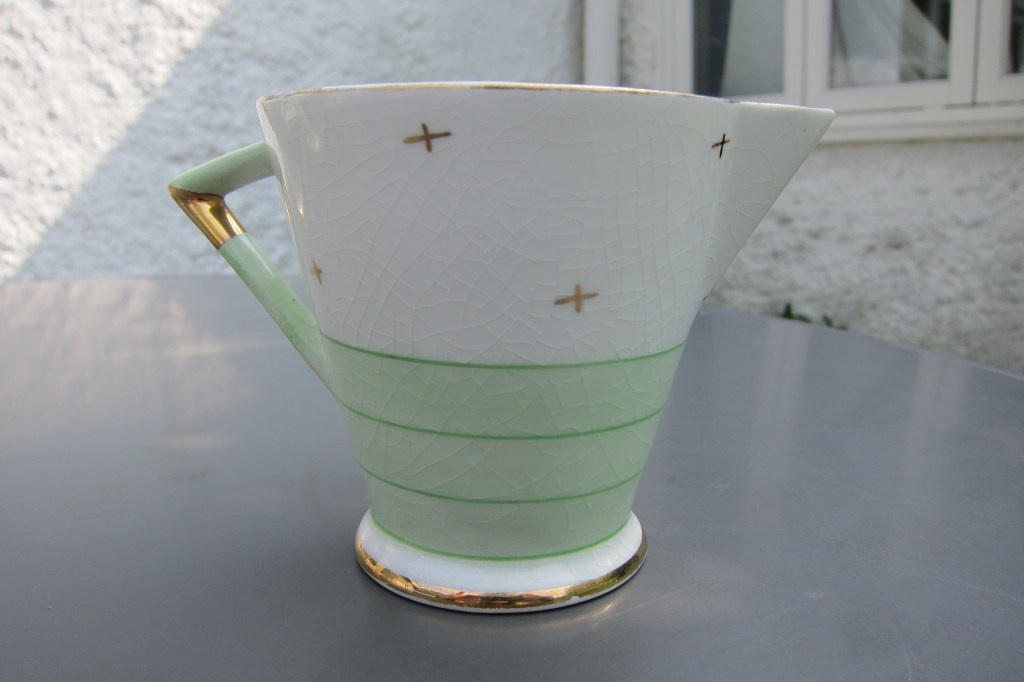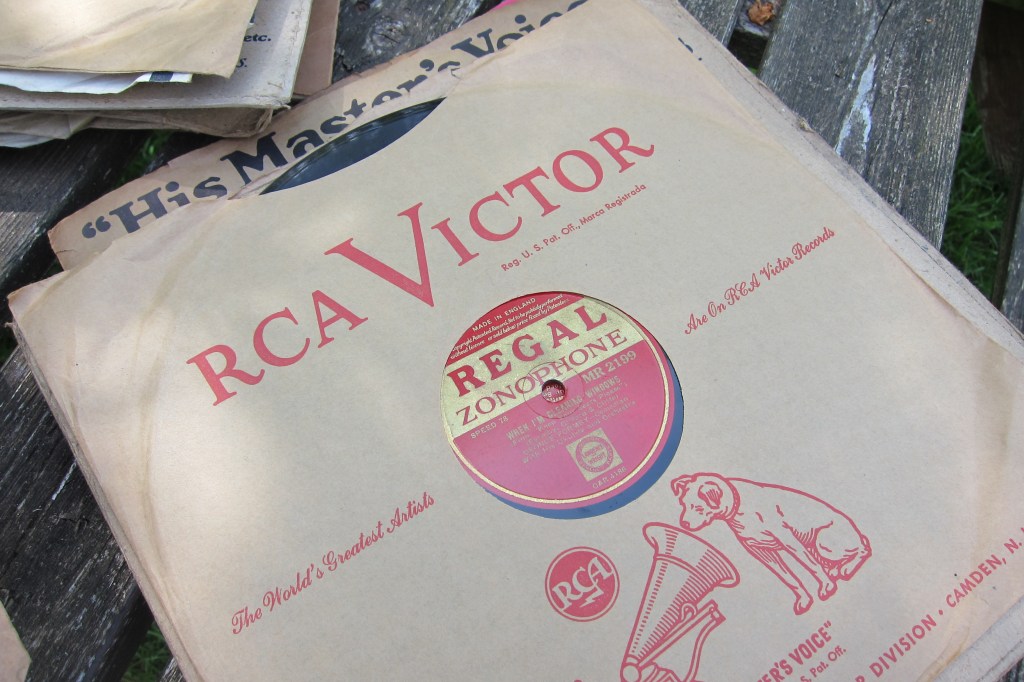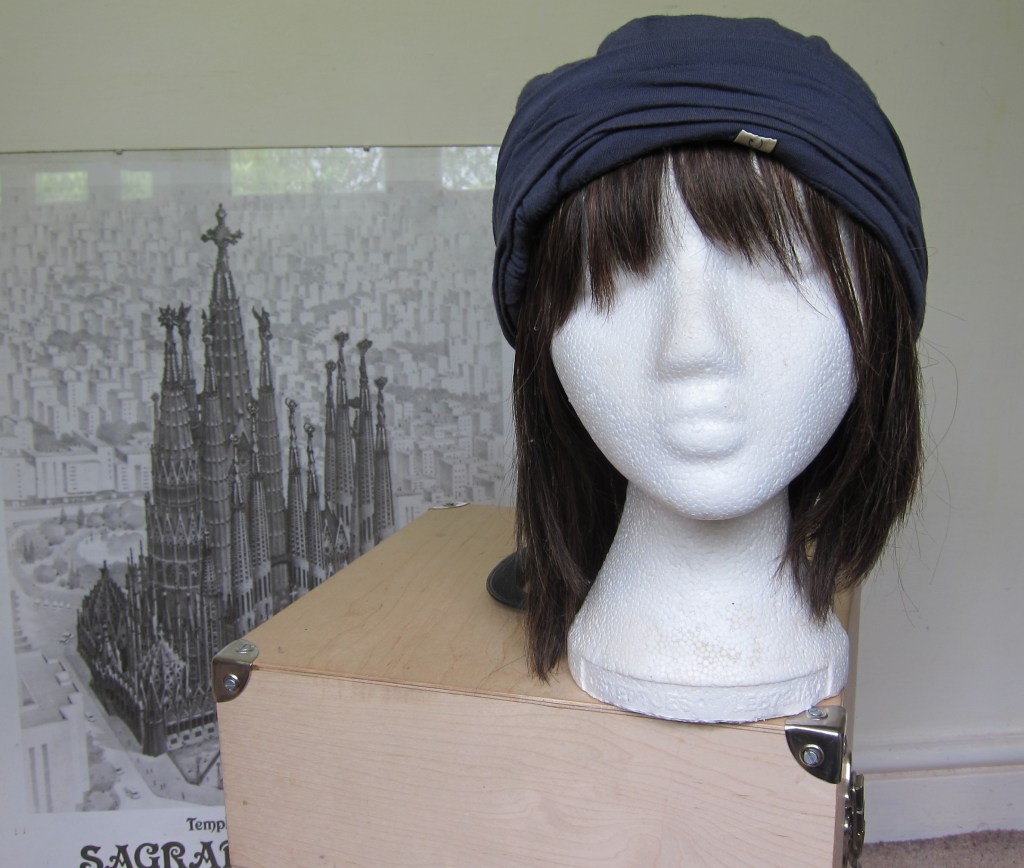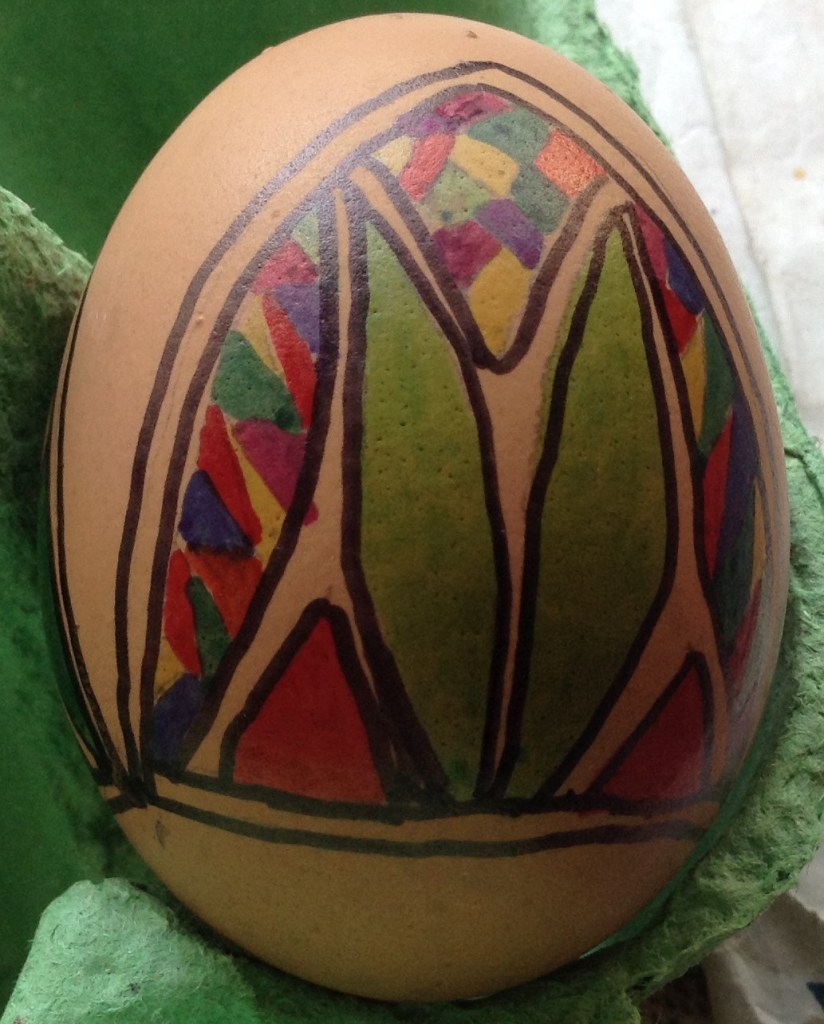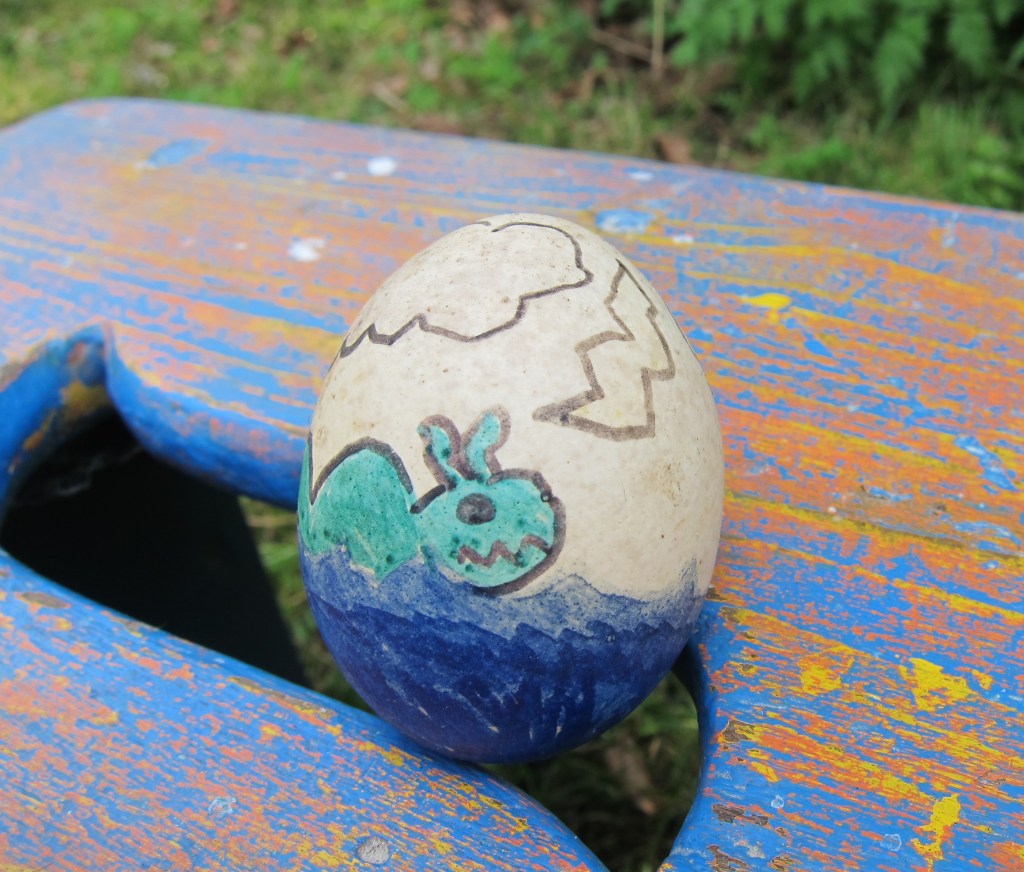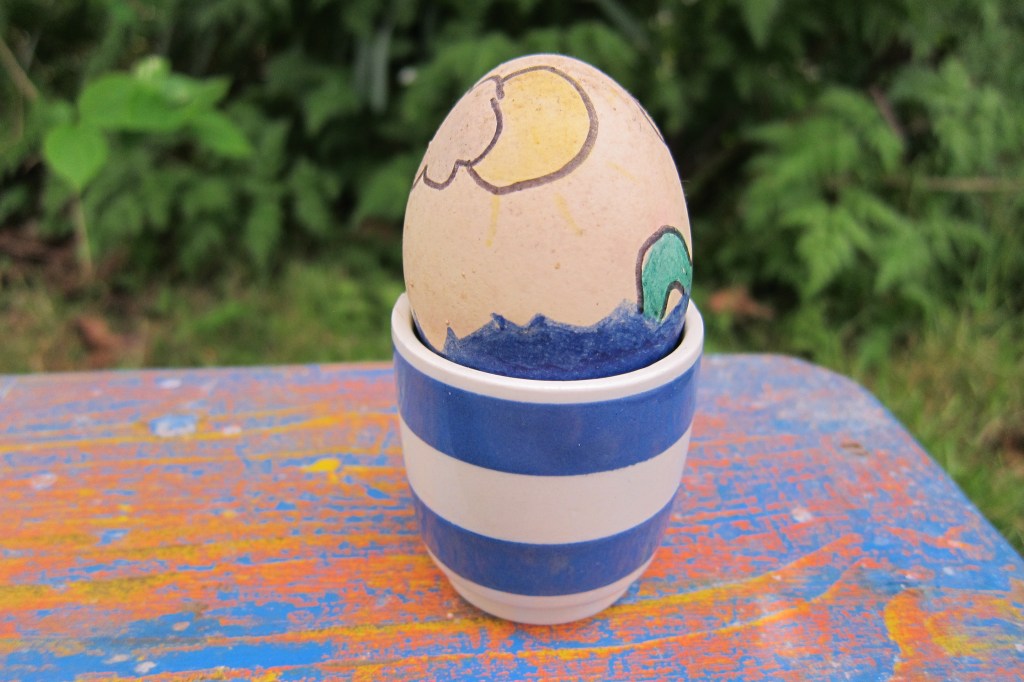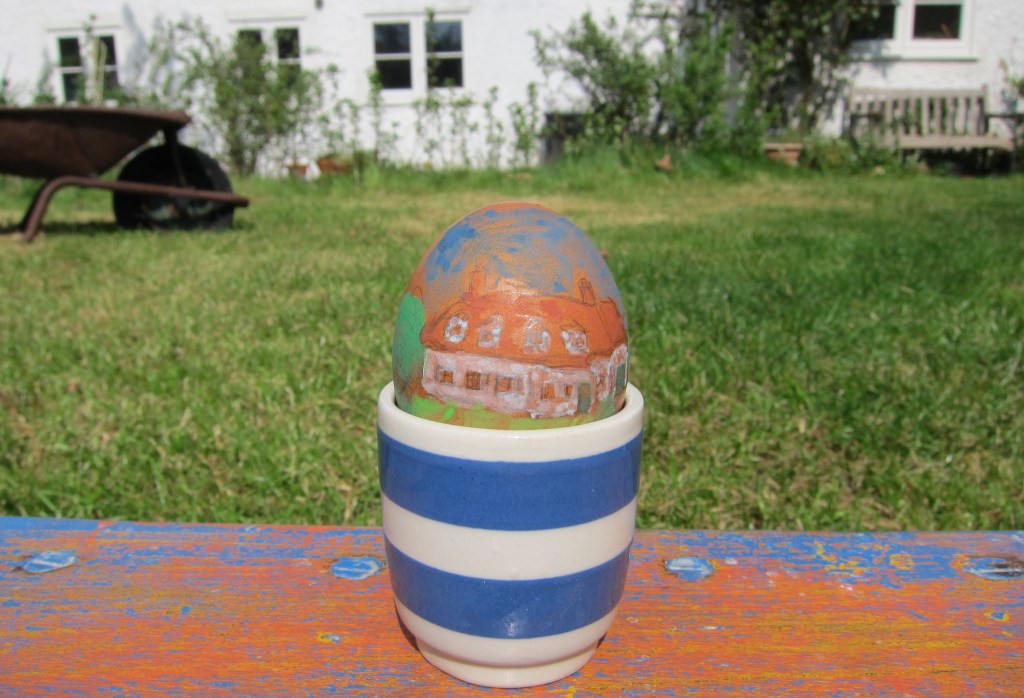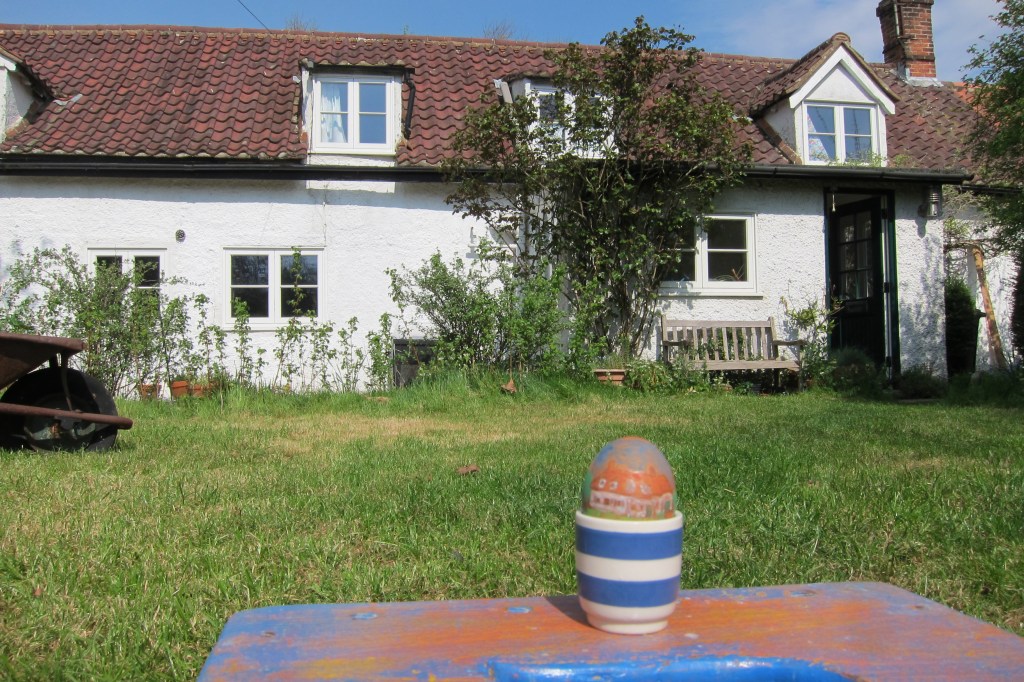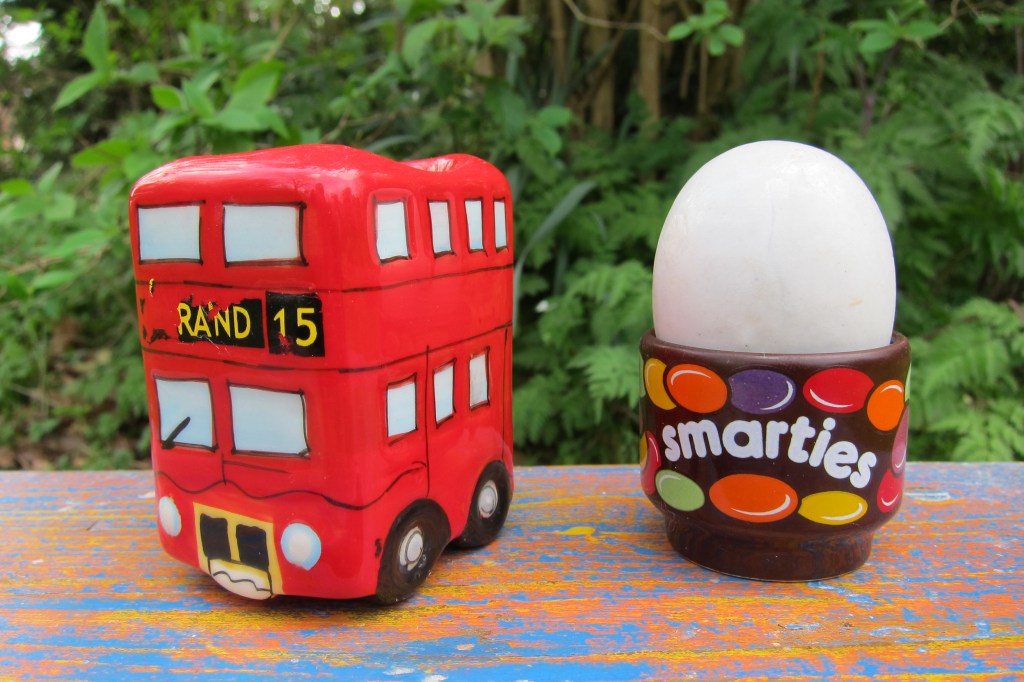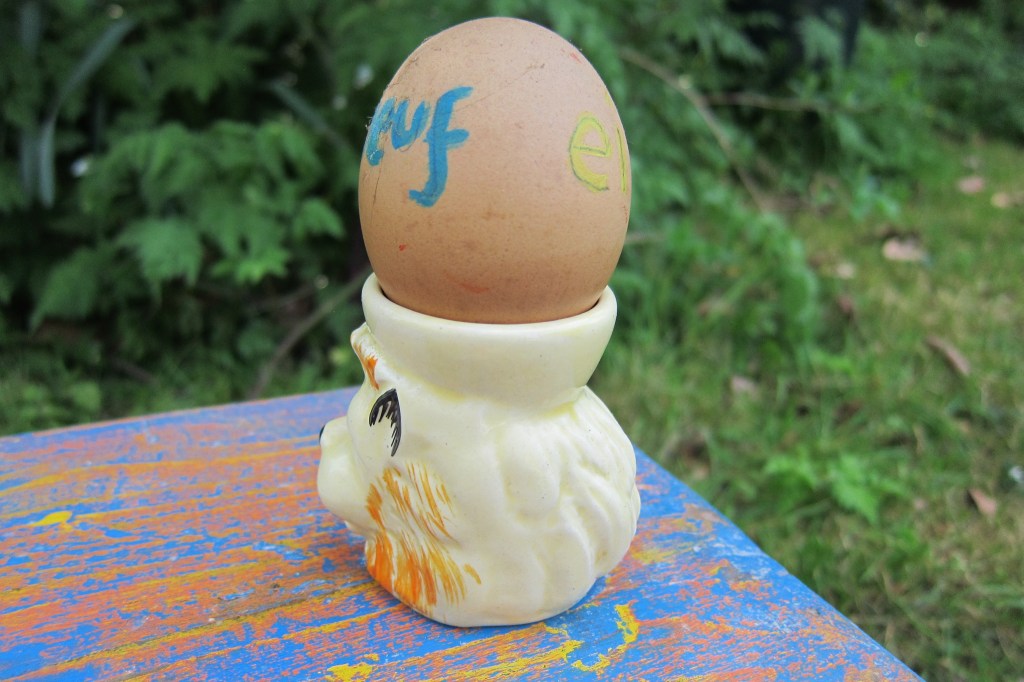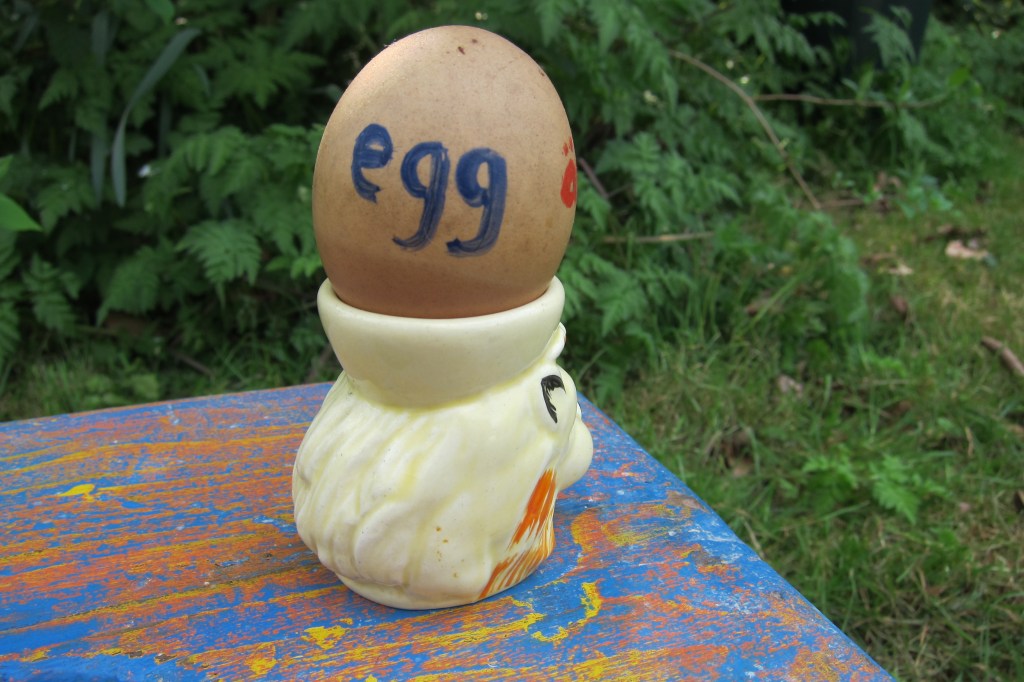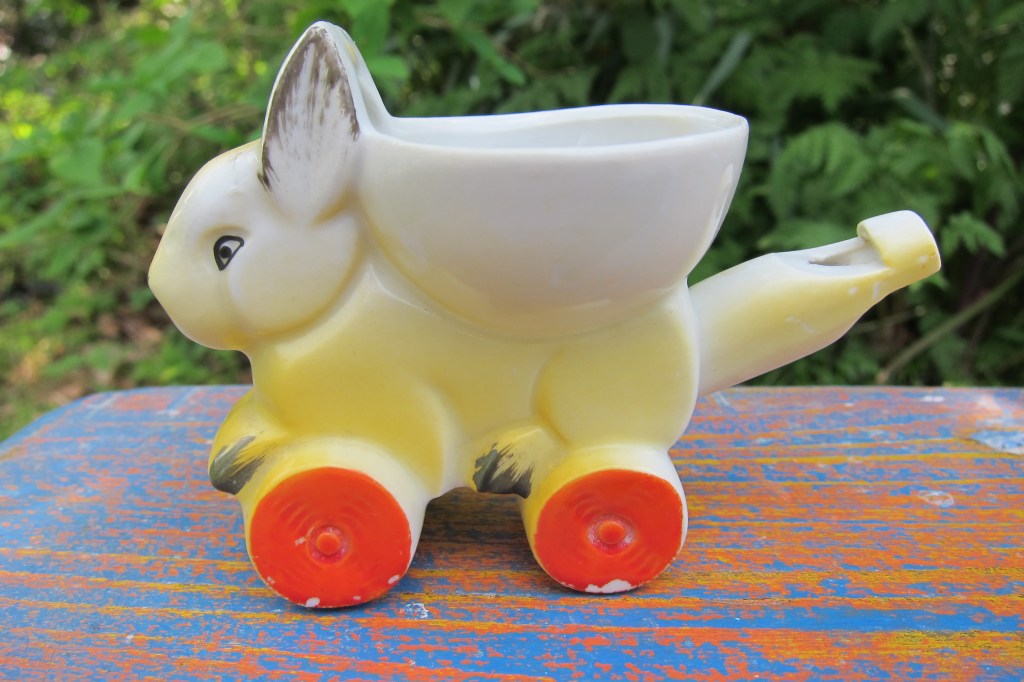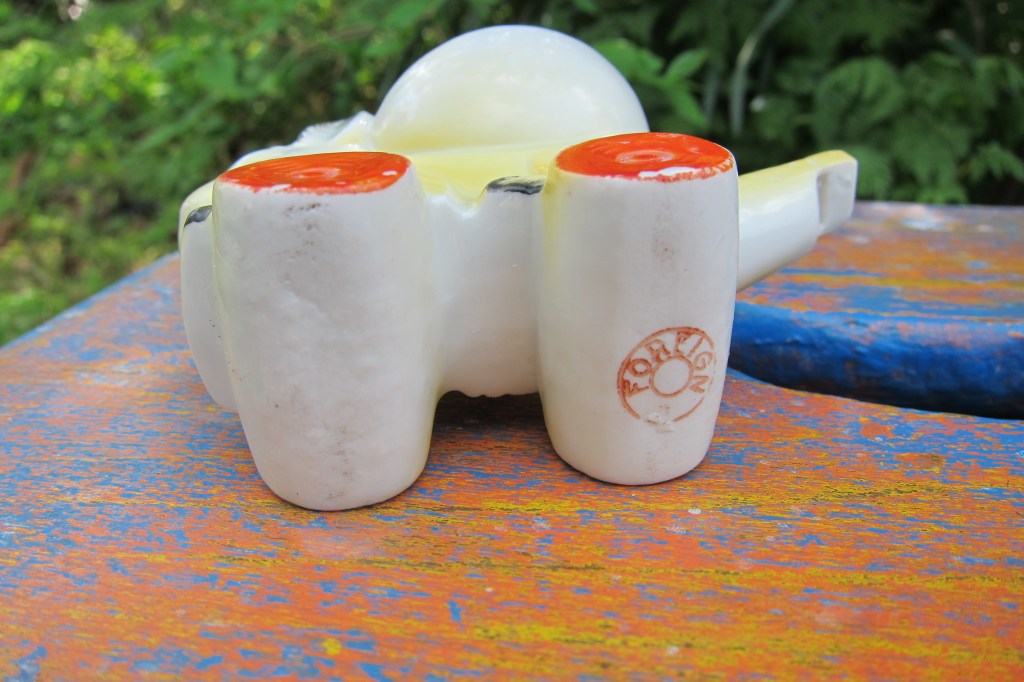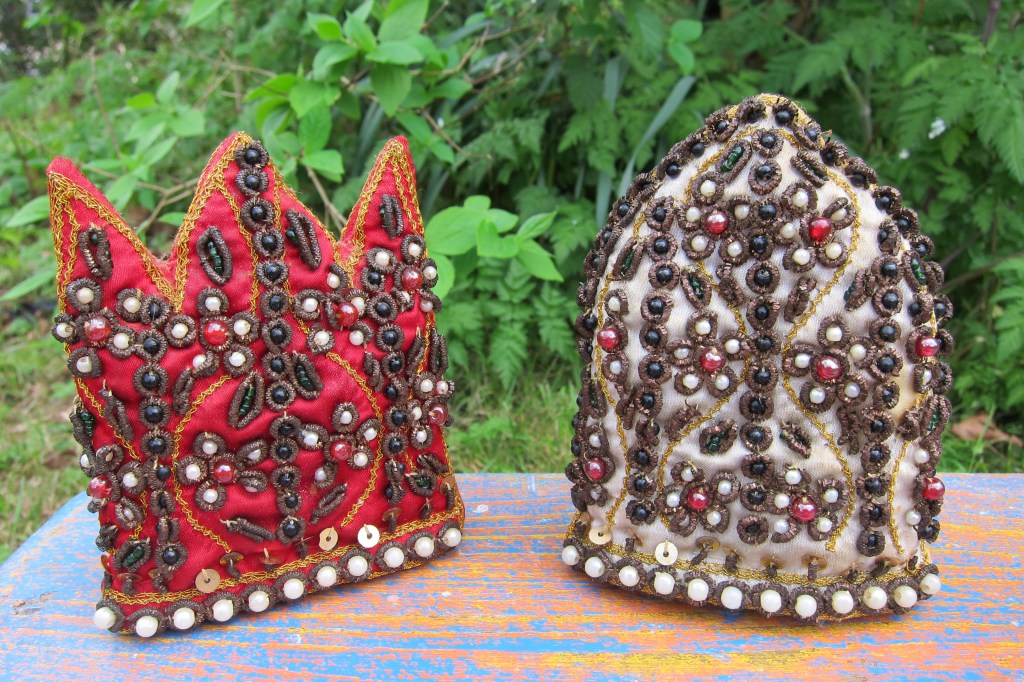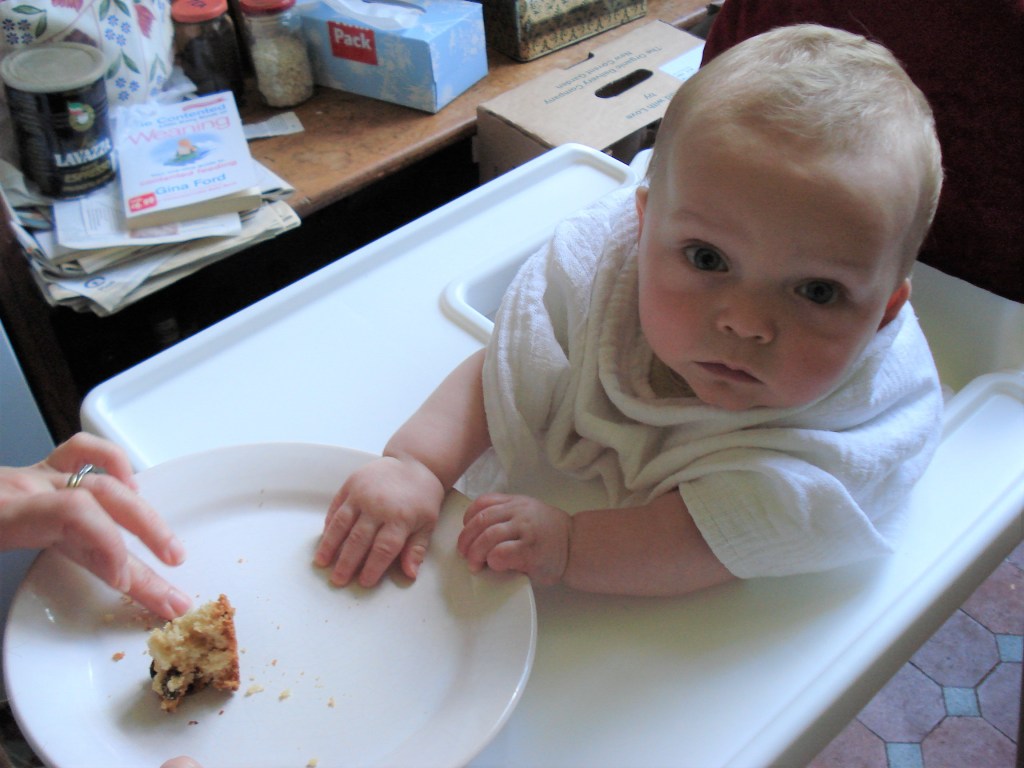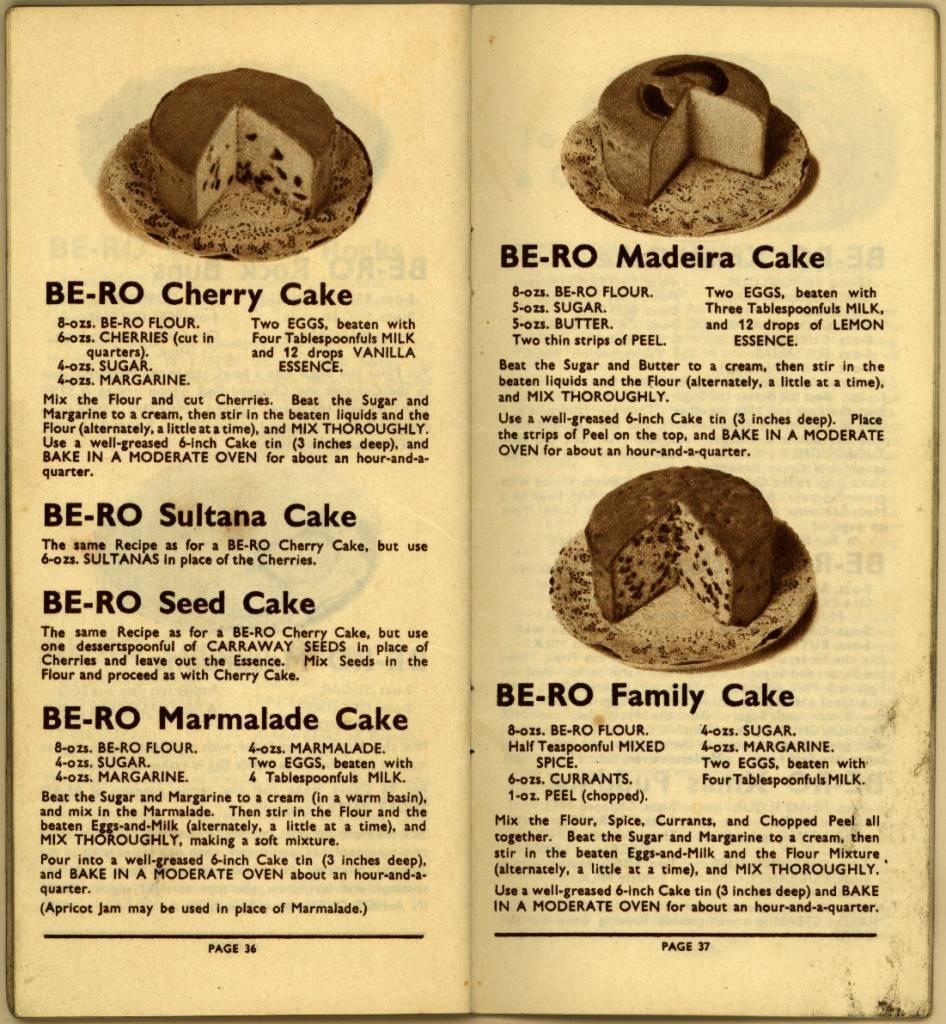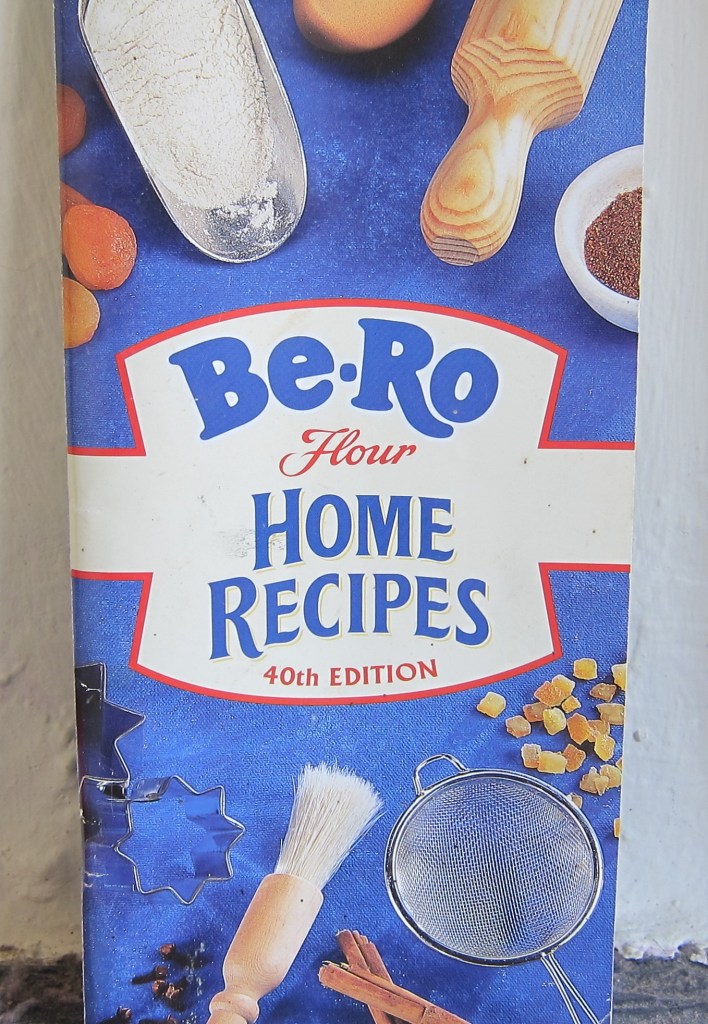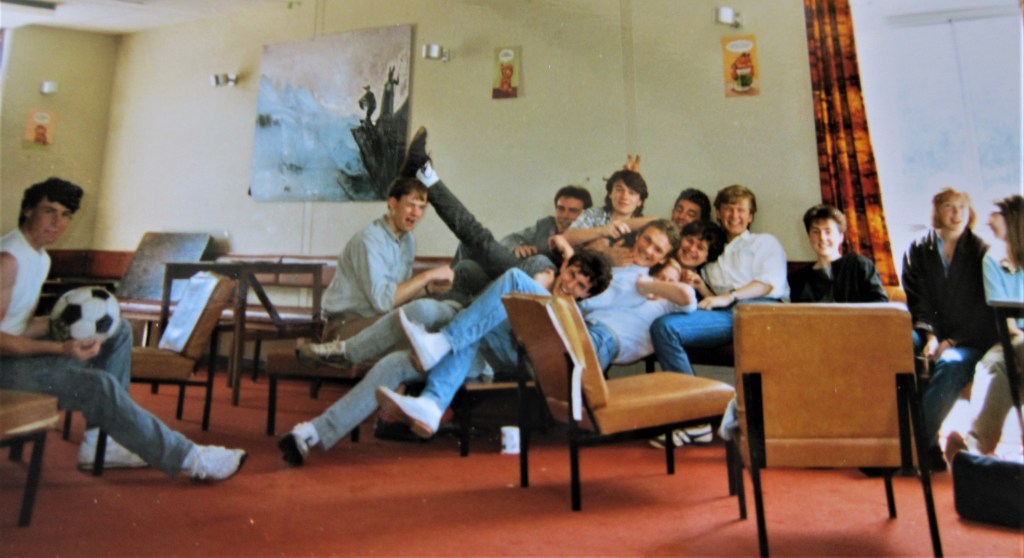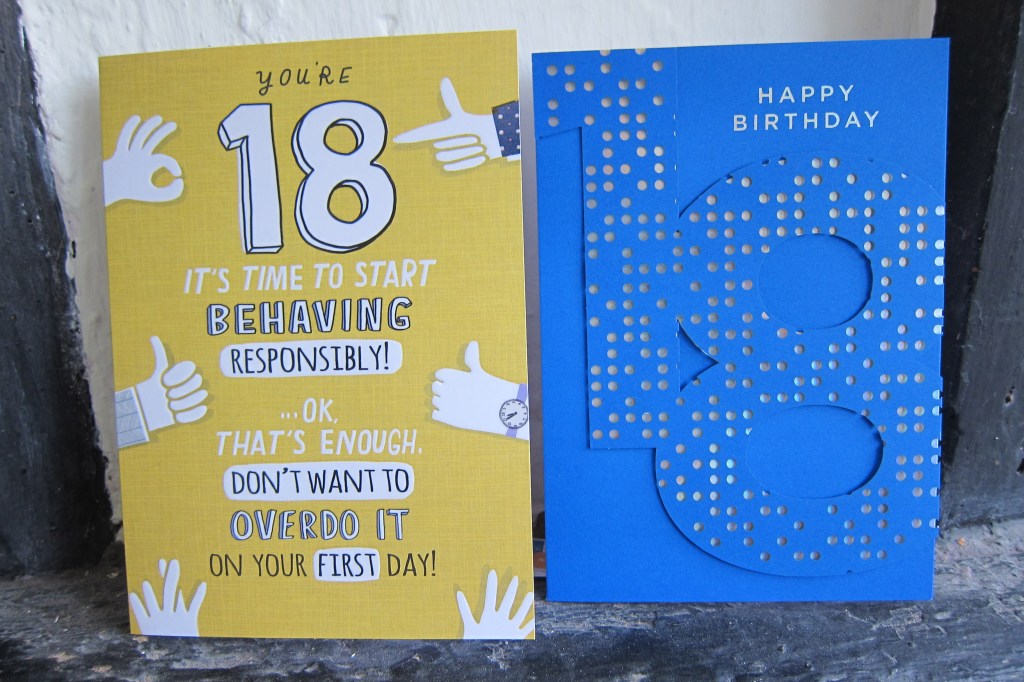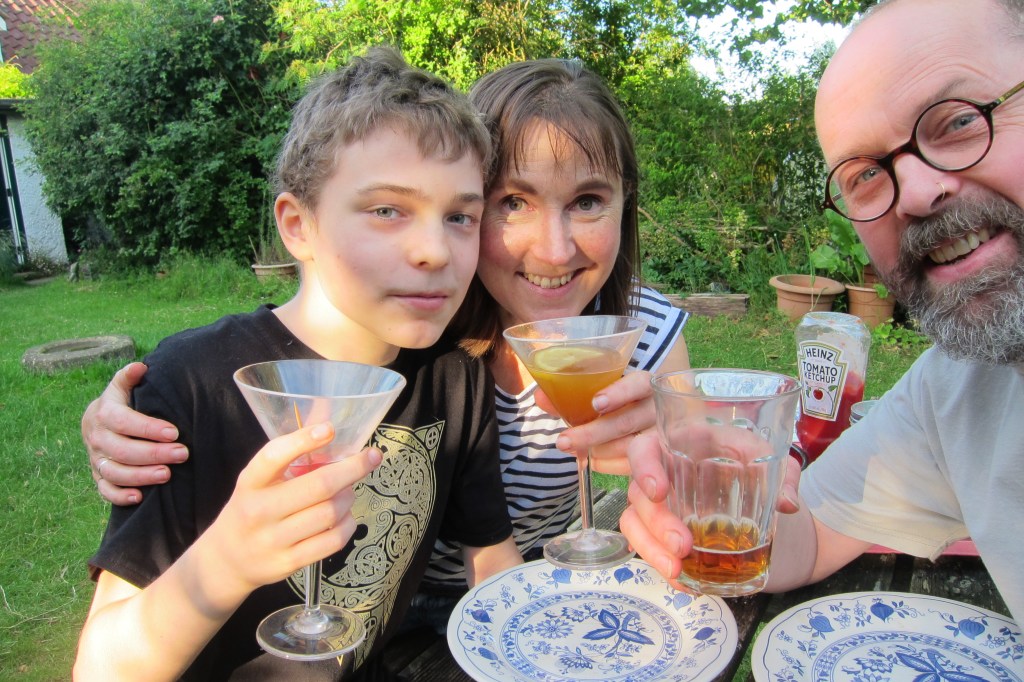
A few years ago, my husband, my son and I started celebrating the summer solstice with a bonfire in the garden, over which we cooked sausages and toasted marshmallows. The cocktails flowed, our son was allowed to stay up late and there was general hilarity. A “selfie” from our first event shows us wearing garlands of honeysuckle, which we happened to have been pruning that day, shrieking with laughter as our son photo-bombed what was meant to be a picture of me and my husband. Over the years since then, various features of the evening have become “tradition” – the fire, the sausages, the marshmallows, and riotous games of “Squeak Piggy Squeak”, which is a version of Blind Man’s Buff. We often end the evening playing instruments and singing. Last night, my husband told the traditional Irish story of The Gold Ring, which finished with the tune of the same name played on the tin whistle. We caught our first glimpse of the bats that visit our garden each year.
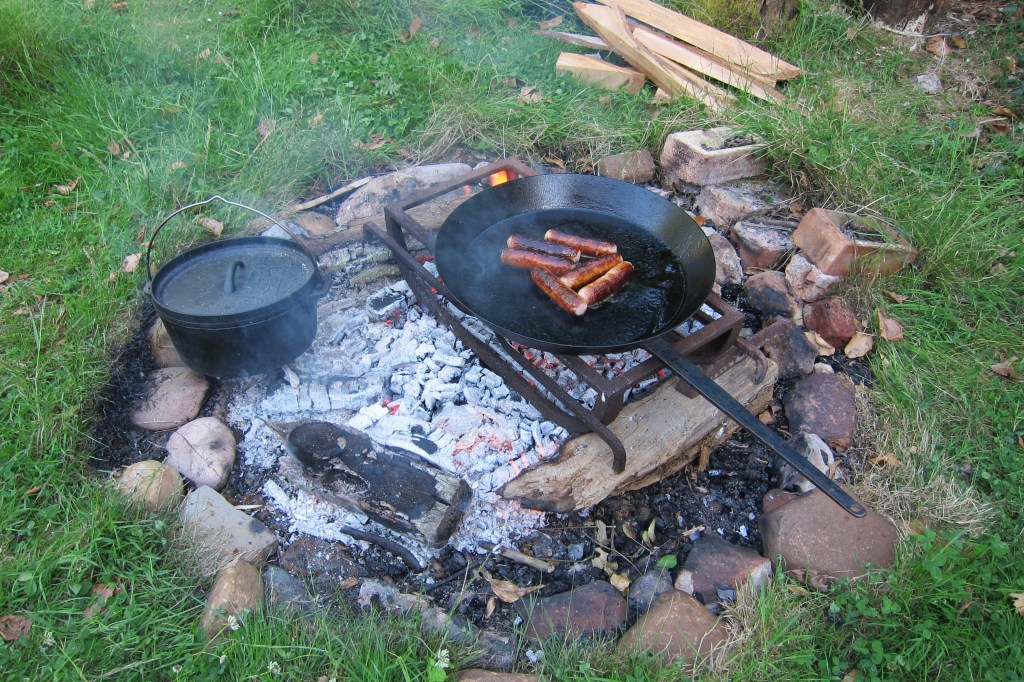
We always refer to our regular celebration as “Midsummer Madness”, partly inspired by Tove Jansson’s stories of Midsummer in Moomin Valley. There is something inherently subversive about midsummer, as the normal rules of bedtime and sensible behaviour are relaxed in celebration of our longest day. An episode in “Moominsummer Madness” captures this brilliantly. The wanderer, Snufkin, returns to Moomin Valley on Midsummer Eve. Before visiting his friends, he plans to “settle an old account…with a villain.” The villain in question is the Park Keeper, who, with his accomplice, the Park Wardress, runs the park with the sole intention of preventing anyone having any fun. Everywhere, there are signs bearing statements such as “ABSOLUTELY NO ADMITTANCE”, “LAUGHING AND WHISTLING STRICTLY PROHIBITED” and “NO HOP, NO SKIP AND DEFINITELY NO JUMP ALLOWED HERE”. The trees have been “cut and sheared…into round blobs and square cubes” and the paths are “straight as pointers”. The twenty four “small, subdued children” who visit the park every day are confined to a miserable sandbox instead of climbing trees, standing on their heads and running across lawns. Snufkin sets about his revenge. He starts by sowing the lawns with Hattifatteners, who electrify the Park Keeper (and not in good way), sending him and the Park Wardress away as fast as they can go. If you don’t know what Hattifatteners are, you have some great reading ahead of you. Having dispatched the villains, Snufkin pulls up the notices and tramples them in a heap. Later, the Snork Maiden, out walking with the Fillyjonk, stumbles on something:
“Do not tread on the grass” she read. “Look,” she said, “here’s a lot of notices that somebody’s thrown away!”
“How wonderful, everything’s allowed!” cried the Fillyjonk. “What a night! Let’s build our bonfire of the notices! And dance round it until they’re burned to ashes!”.
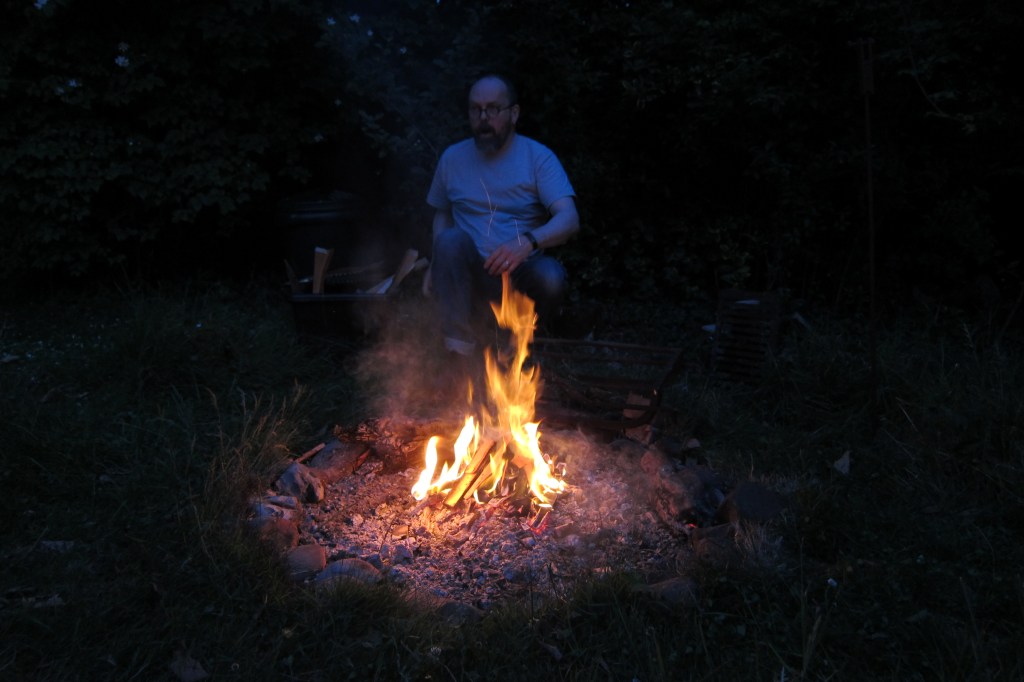
A hopeful statement, especially in these strange times of freedom and not-freedom. Like so many others, I am looking hard at what I do as we gradually emerge from the rigidity of complete lockdown and search for ways to live together safely and respectfully. I don’t want to get back into any sort of sandbox. I am hoping instead for lots more laughing, whistling, hopping, skipping and jumping. If we have to wear face masks and keep a little distance from each other as we do it, so be it. Happy Midsummer!
